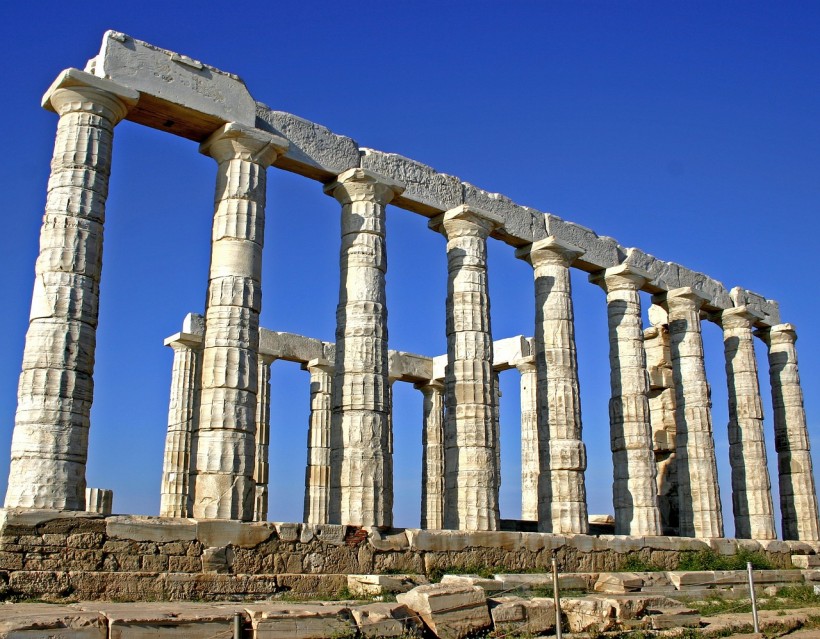Several figurines and artifacts have been uncovered by archaeologists who conducted excavations on a 2,800-year-old Greek temple site. The recovered artifacts include figurines that uniquely depict a snake, a woman, and a dog.
2,800-Year-Old Greek Temple Figurines
The archaeologists found a bronze figurine of a dog and a clay artifact of a woman. Aside from that, they also found a bronze snakehead, a golden necklace part, and a clay wing that could have belonged to a mermaid or sphinx character.
Anastasia Gadolou, the Archaeological Museum of Thessaloniki's director general who oversaw the site's excavation, explains that such artifacts could have served as votive offerings to the Greek deity Poseidon, who is the deity of the sea. They could have also been used as offerings for other Greek deities.
Though the items could have served a tributary purpose, there is still uncertainty and mystery surrounding their actual religious purposes. These mysteries include why one figurine had the shape of a dog. Gadolou explains that to know more about the items' archaeological and religious value, it is necessary to conduct an in-depth study that focuses on all the evidence taken from the ancient strati.
Uncovered From Poseidon's Sanctuary
According to ancient texts, the sanctuary where the artifacts were retrieved from was dedicated to the Greek deity Poseidon. The temple is situated in the prehistoric Greek city of Elikis on Peloponnese's northern coast.
Poseidon is regarded as the deity of water, in general, and of the sea, horses, and earthquakes. The name "Poseidon" means "lord of the earth" or "husband of the earth." According to Greek mythology, Poseidon is the brother of both Zeus and Hades.
Being the deity of earthquakes, Poseidon was also largely linked to dry land. Several of his earliest dedicated areas of worship across Greece were on the land, though some of these centered streams and pools and were quite linked to water.
Aside from recovering these prehistoric artifacts, the archaeologists also performed analyses of the site's sediments. Doing so enabled them to discover that floods hit the sanctuary on many occasions roughly 2,800 years ago. Though the area as a whole was particularly prone to frequent natural disasters during these ancient periods, residents did not abandon it.
However, a tsunami and Earthquake hit Elikis over 2,300 years ago. As such, this eventually led to the sanctuary's destruction.
The sanctuary has been an excavation focus for nearly two decades. Several earlier studies from 2011 to 2022 have documented the site's discovery and connection with Poseidon. Prehistoric texts verify that a specific sanctuary at the site was dedicated to Poseidon, while archaeological discoveries in the area indeed support such claims.
RELATED ARTICLE: Archaeologists Are Getting Closer to Determining the Mystery Date of the Infamous Thera Volcano Eruption in Greece
Check out more news and information on Archaeology in Science Times.















